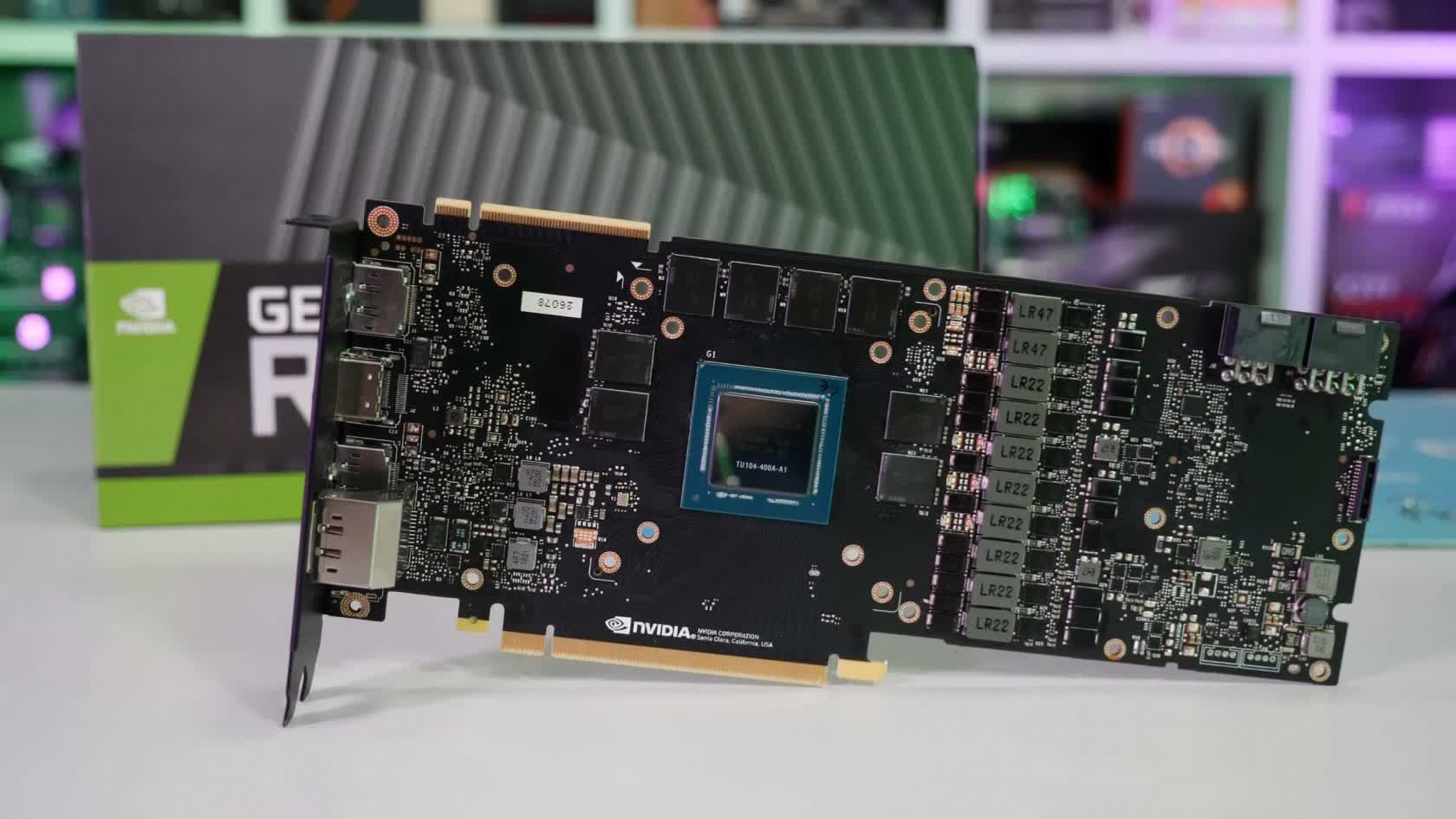In our last installment of the history of the modern graphics processor, we had reached a point where the market consisted of just three competitors: AMD, Intel, and Nvidia. However, in the following years, graphics processors became one of the largest, most complex, and most expensive components that could be found in almost any computing device.
https://www.techspot.com/article/2176-history-of-the-gpu-part-5/
